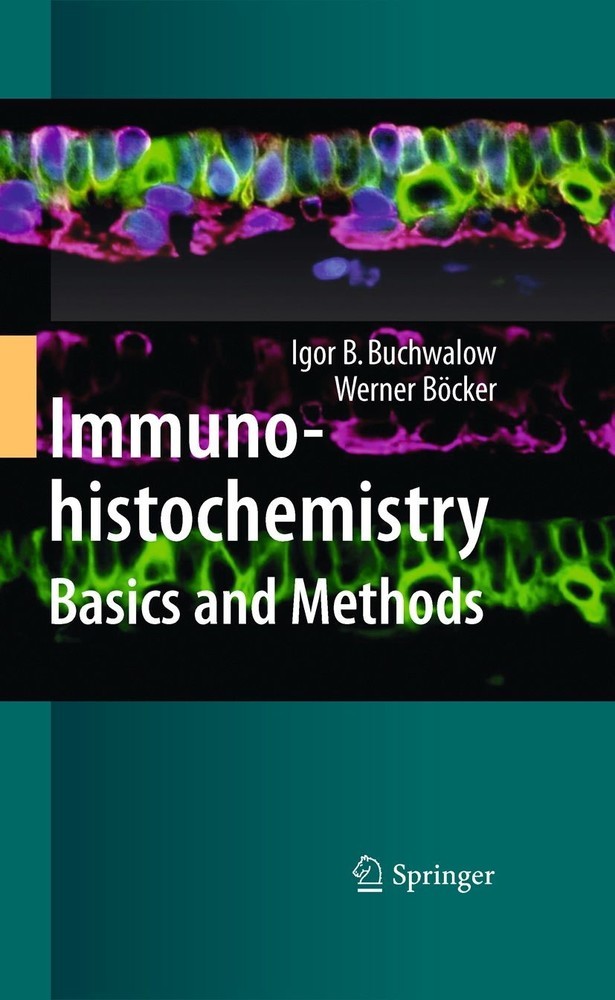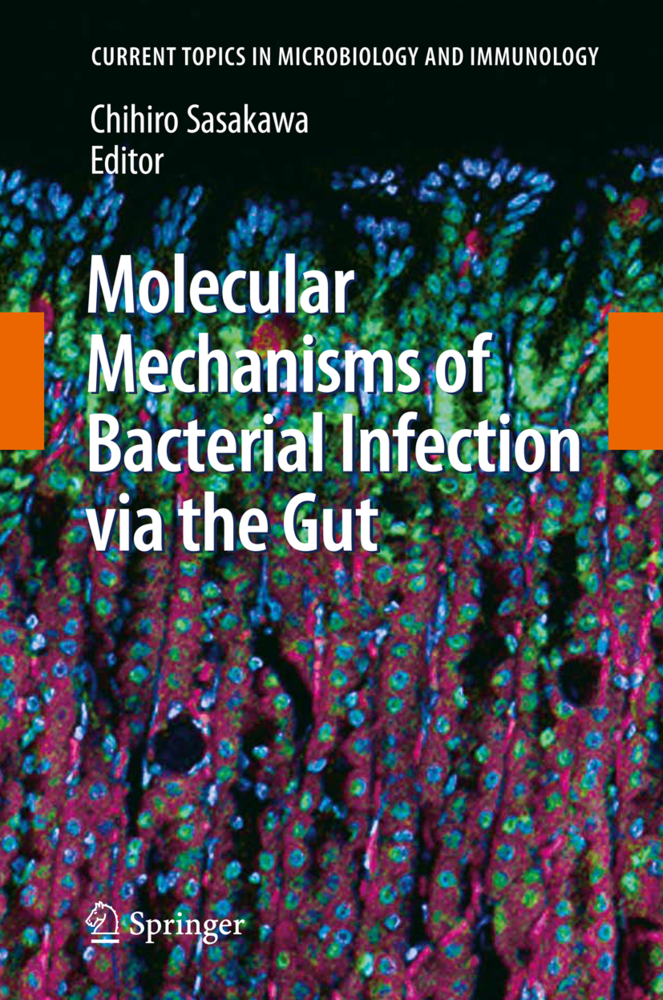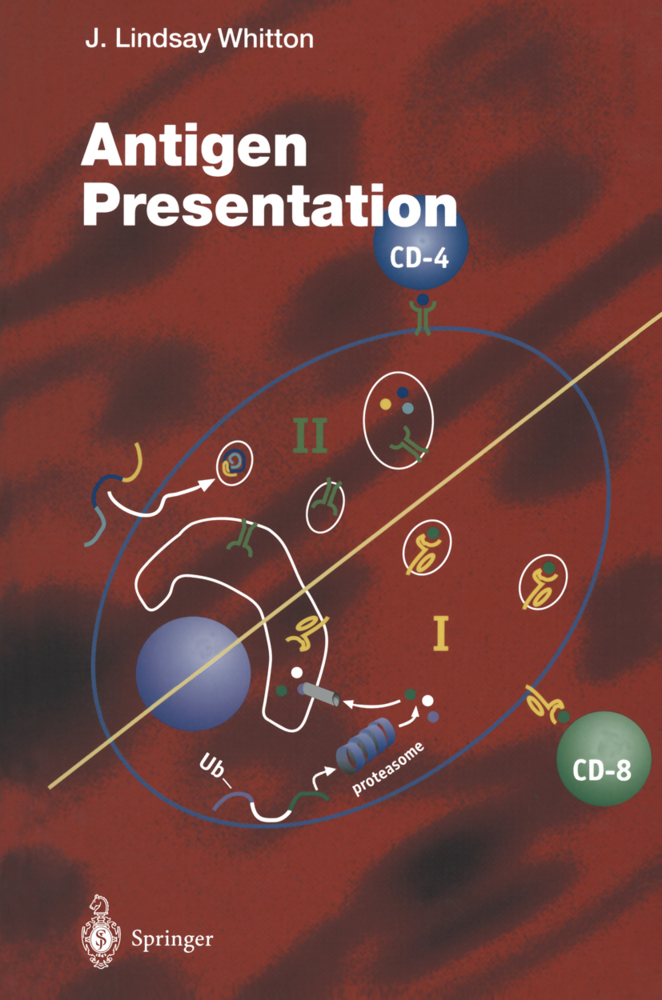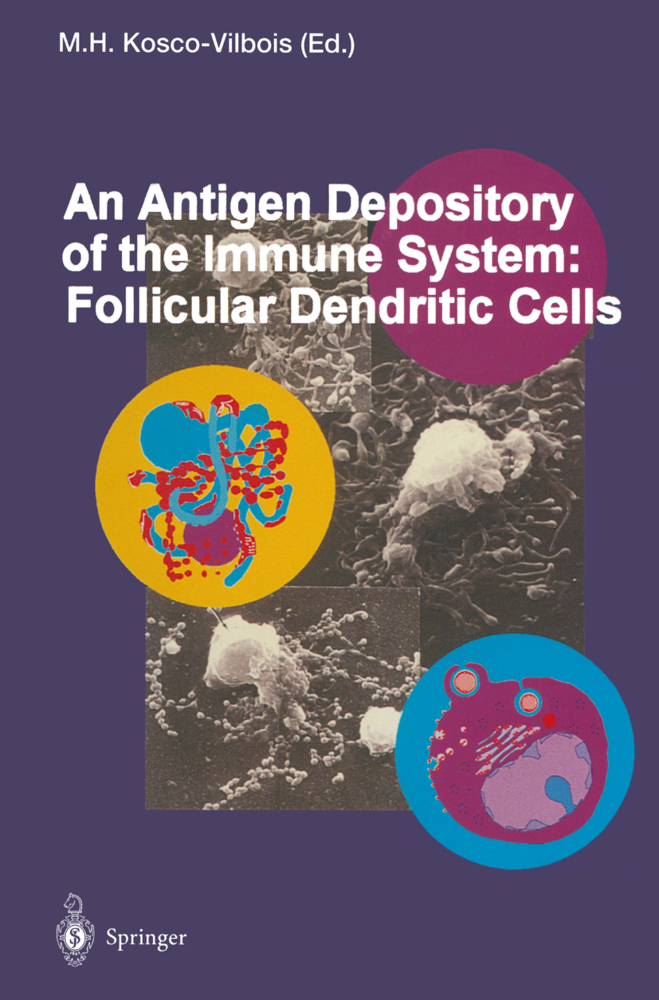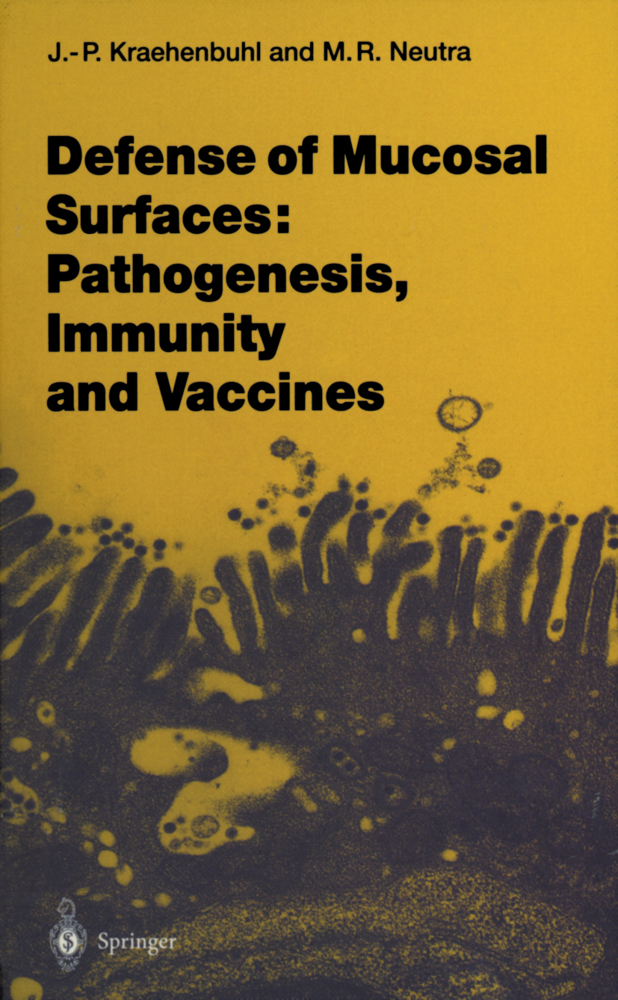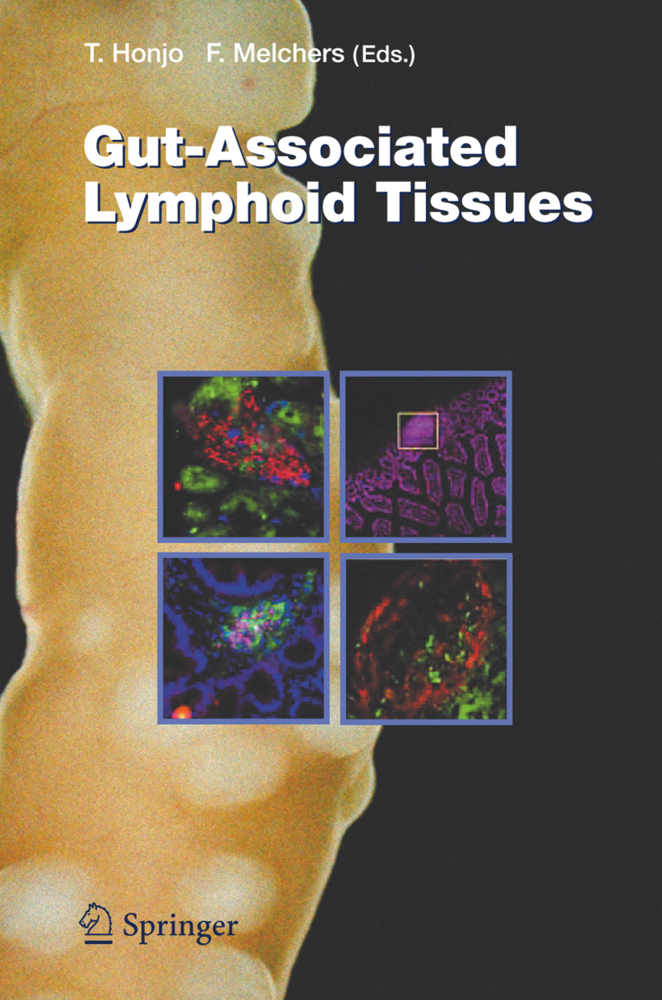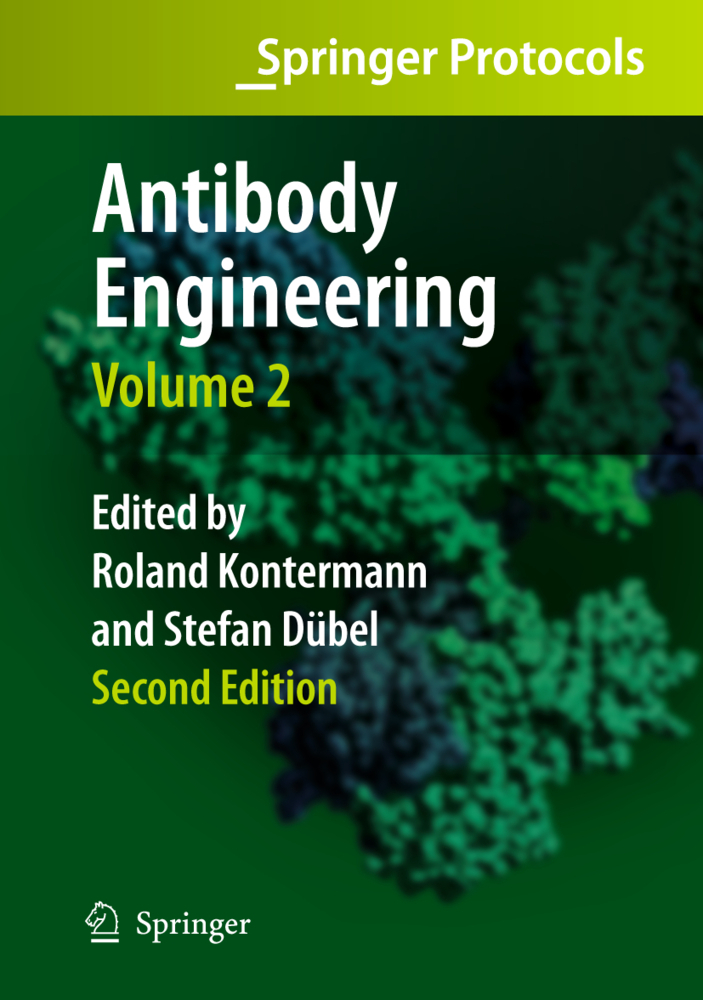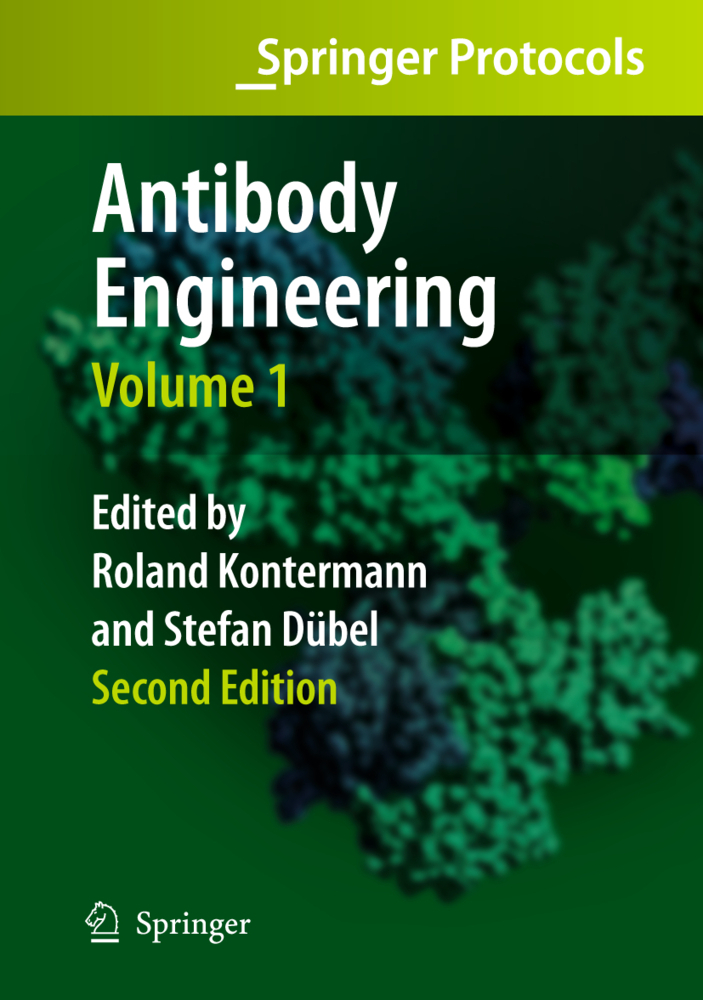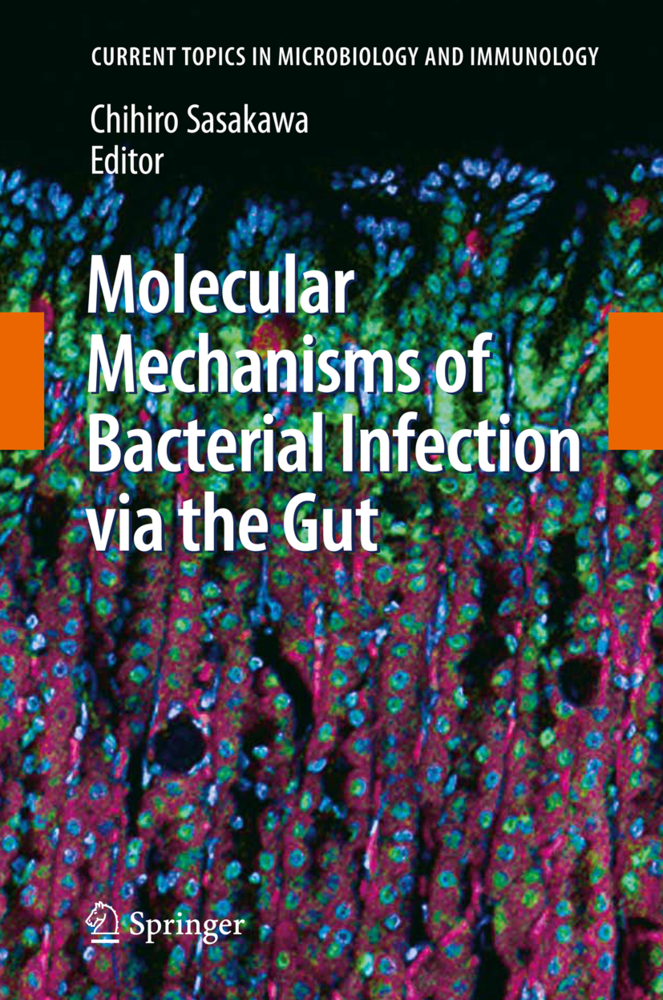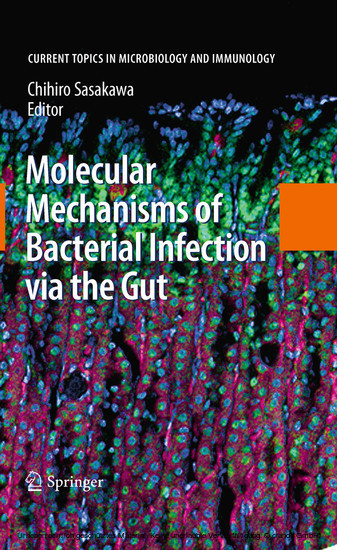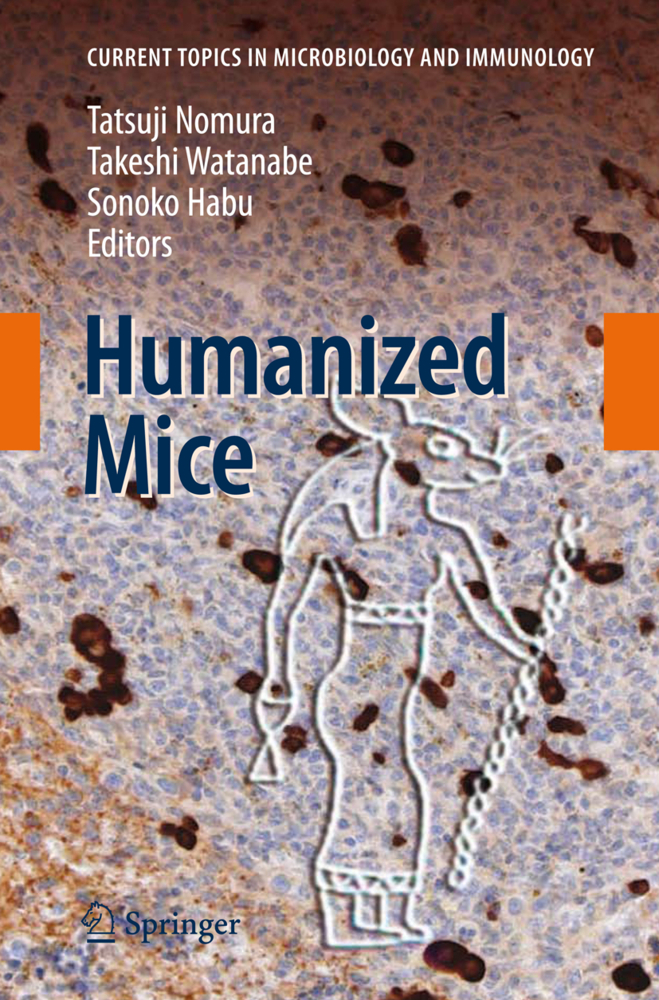Immunohistochemistry: Basics and Methods
Basics and Methods
While many excellent texts and monographs exist which cover various aspects of immunohistochemistry, the lack of a concise comprehensive guide to using the field s methods was a major motivation for the authors to write this book.
1;Chapter 1: Antibodies for Immunohistochemistry;10 1.1;Structure of Antibodies;11 1.2;Polyclonal Antibodies;13 1.3;Mouse Monoclonal Antibodies;13 1.4;Rabbit Monoclonal Antibodies;14 1.5;Protein A and Protein G in Immunohistochemistry;16 1.6;References;17 2;Chapter 2: Antibody Labeling and the Choice of the Label;18 2.1;Covalent Labeling of Antibodies;18 2.2;Non-Covalent Labeling of Primary Antibodies with Labeled Fab Fragments;19 2.3;Enzyme Labels for Light Microscopy;22 2.4;Fluorophore Labels for Fluorescence Microscopy;24 2.5;Colloidal Gold Labels for Electron Microscopy;25 2.6;References;26 3;Chapter 3: Probes Processing in Immunohistochemistry;27 3.1;Fixation in Immunohistochemistry;27 3.1.1;Fixation in Alcohols and Acetone;28 3.1.2;Fixation in Formaldehyde;28 3.1.3;Effect of Formaldehyde Fixation on Antigen-Antibody Binding;29 3.2;Paraffin Sections for Immunohistochemical Analysis;30 3.2.1;Embedding and Cutting;30 3.2.2;Mounting Paraffin Sections onto Slides;31 3.3;Cryosections for Immunohistochemical Analysis;32 3.4;Buffers for Washing and Antibody Dilution;33 3.5;Mounting Following Immunohistochemical Staining;35 3.6;Storage Following Immunohistochemical Staining;36 3.7;References;36 4;Chapter 4: Working with Antibodies;38 4.1;Direct Immunostaining Method;38 4.2;Indirect Immunostaining Method;40 4.3;The Choice of Antibodies;42 4.3.1;The Choice of Primary Antibodies;42 4.3.2;The Choice of Secondary Antibodies;43 4.4;Optimal Concentration of the Antibody;44 4.5;Specificity Controls in Immunohistochemistry;45 4.6;References;46 5;5: Background Staining, Autofluorescence and Blocking Steps;47 5.1;Fc Receptors;47 5.2;Endogenous Peroxidase;48 5.3;Endogenous Alkaline Phosphatase;49 5.4;Endogenous Biotin;49 5.5;Autofluorescence or ``The Wood Through the Trees´´;50 5.6;References;52 6;Chapter 6: Immunostaining Enhancement;53 6.1;Antigen Retrieval;53 6.1.1;Heat-Induced Antigen Retrieval;54 6.1.2;Proteolytic Antigen Retrieval;56 6.2;Signal Amplification;57 6.2.1;Avidin-Biotin Complex;58 6.2.2;Chain Polymer-Conjugated Technology;59 6.2.3;Tyramide Signal Amplification;60 6.2.4;Amplification of the Amplifier;64 6.3;References;64 7;Chapter 7: Multiple Multicolor Immunoenzyme Staining;66 7.1;Simultaneous Immunoenzymatic Double Staining;66 7.2;Sequential Immunoenzymatic Double/Multiple Staining;68 7.3;``Stripping´´ Buffers for Sequential Immunoenzymatic Double Staining;70 7.4;Nuclear Counterstaining Following Immunoenzyme Labeling;71 7.5;References;71 8;Chapter 8: Multiple Immunofluorescence Staining;73 8.1;Double Immunofluorescence Indirect Staining Using Primary Antibodies Raised in Two Different Host Species;74 8.2;Using Primary Antibodies of Different IgG Isotype;75 8.3;Using Haptenylated Primary Antibodies;78 8.4;References;80 9;Chapter 9: Antigen Detection on Tissues Using Primary Antibody Raised in the Same Species;81 9.1;Haptenylation of Primary Antibodies with the Following Use of Secondary Antibodies Recognizing the Corresponding Hapten;82 9.2;Blocking Endogenous Tissue Immunoglobulins Homologous to Primary Antibody by Preincubation with Unconjugated Fab Fragments;83 9.3;References;85 10;Chapter 10: Probes for Staining Specific Cellular Organelles;86 10.1;Nuclear Markers;86 10.1.1;Nuclear Fluorescent Counterstaining;86 10.1.2;Cell-Proliferation Nuclear Markers;88 10.1.3;Nuclear Envelope Markers;88 10.1.4;Nucleolar Markers;89 10.2;Probes for Mitochondria;90 10.3;Probes for Endoplasmic Reticulum and Golgi Apparatus;91 10.4;Endocytic Pathways;92 10.5;Probes for Cytoskeleton;94 10.6;Phalloidin Probes for Actin Filaments;95 10.7;References;97 11;Chapter 11: The Use of Epitope Tags in Histochemistry;98 11.1;References;101 11.2;Useful Websites;101 12;Chapter 12: Immunohistochemistry at the Ultrastructural Level;102 12.1;Colloidal Gold Conjugates;102 12.2;Fixation for Ultrastructural Immunohistochemistry;103 12.3;Resin Etching and Heat-Induced Antigen Unmasking in Resin Sections;104 12.4;Immunogold Labeling Procedure;107 12.5;Referenc
Buchwalow, Igor B.
Böcker, Werner
| ISBN | 9783642046094 |
|---|---|
| Artikelnummer | 9783642046094 |
| Medientyp | E-Book - PDF |
| Copyrightjahr | 2010 |
| Verlag | Springer-Verlag |
| Umfang | 153 Seiten |
| Sprache | Englisch |
| Kopierschutz | Digitales Wasserzeichen |

